Macronutrients such as proteins are essential for optimal health. As you know, proteins are widely-known as one of the building blocks of life. One of their primary roles is to help build and repair muscles and tissues. Meat products are the most common sources of proteins. But, what if you prefer veggies? There are numerous high-protein vegetables vegetables you can opt for.
The Most Nutritious Vegetables with High Protein
Green Peas
Being a part of the legume family, green peas are good sources of protein. In fact, 100 grams of green peas have 5 grams of protein.
Green peas are also rich in minerals such as magnesium, potassium, and calcium. These minerals are good for the heart. It is also a good source of fiber, which is good for the digestive system. It is a low glycemic index food, which is excellent for those with diabetes.
It is best to cook green peas to avoid digestive problems.
Alfalfa Sprouts
Alfalfa sprouts are tiny, newborn plants with lots of nutrients.
In every 100 grams of alfalfa sprouts, there are 4 grams of protein. Apart from that, it is also a good source of vitamin C and antioxidants. One important compound present in alfalfa a sprout is isoflavones. According to animal studies, they can help prevent cancer, osteoporosis, and alleviate menopausal symptoms.
Alfalfa sprouts can be eaten raw. They can be a great addition to any salad recipe.
Kale
In this list of high-protein vegetables, kale is considered as the most nutritious food because of various reasons.
For every 100 grams of kale, there is 4.3 grams of protein. It is also rich in calcium, magnesium, vitamin C, and K. It can also help prevent cancer due to its quercetin, sulforaphane, and indole-3-carbinol components. It is also valuable for eye health because of its carotenoids such as vitamin A, lutein, and zeaxanthin.
Kale is a great addition to any salad recipe. You can also fry it.
Brussels Sprouts
Brussels sprouts are like tiny cabbages.
For every 100 grams, Brussels sprouts have 3.4 grams of protein. It is also rich in potassium, vitamin B9 (folate), C, A, and K. It can also help lower blood sugar levels due to its alpha-lipoic acid. Like kale, it has sulforaphane. Thus, it has anti-cancer properties.
Roasting and sautéing are the best ways to cook Brussels sprouts.
Artichokes
Known for its heart shape, the artichoke is a good protein source. For every 100 grams, it has 3.3 grams of protein. It is also rich in antioxidants, iron, and fiber. This vegetable aids digestion due to its cynarine contents, which stimulates bile production. Lastly, artichokes are known to prevent heart disease.
The best way to cook artichokes is by steaming, boiling, and baking.
Collard Greens
Collard greens belong to the cruciferous family. It can fight oxidative stress and inflammation due to its glucosinolates content. Like kale, it is considered as a natural detoxifier. It is also rich in fiber, vitamin C, K, and A. There 3 grams of protein present in every 100 grams.
Collard greens can be added to soups, stir-fry recipes, and smoothies.
Broccoli
Another member of the cruciferous family in this list of high-protein vegetables is broccoli. It is considered as a “super vegetable.” The protein content of broccoli is 2.8 gram per 100 grams. Like kale, it contains quercetin, indole-3-carbinol, sulforaphane, and carotenoids. Thus, it offers the same benefits as kale such as cancer prevention.
Broccoli can be eaten raw or cooked. For those with thyroid problems, it is best to cook it.
Parsley
Being a popular culinary herb, parsley has become a part of most kitchens. Parsley can also be a good source of protein. In fact, for every 100 grams, it has 3 grams of protein.
Flavonoids are valuable compounds present in parsley. These compounds act as antioxidants, which help prevent cancer. Parsley is also considered as a natural diuretic and it can help relieve bloating.
Parsley can be added to various recipes to enhance their flavor.
Mustard Greens
Some of you may dislike mustard greens’ distinct flavor. However, these veggies are highly nutritious.
Mustard greens have 2.7 grams of protein for every 100 grams. One important compound in mustard greens is chlorophyll. This compound can help cleanse the liver and prevent cancer. It also contains antioxidants, which can help fight oxidative stress.
Mustard greens can be eaten raw. You can add it to your smoothies, juices, and salad recipes. You can also stir-fry it along with other veggies to tone down its strong flavor.
Spinach
Popularized by Popeye, spinach can offer tons of benefits. It has 2.9 grams of protein in every 100 grams. Like kale, it contains quercetin and carotenoids. Quercetin is an antioxidant while carotenoids promote better eye health. Spinach is also rich in nitrates, which is good for the heart.
Garlic sauteed spinach is one very tasty way to cook.
Garden Cress
Known for its peppery flavor, garden cress can offer numerous benefits. It has 2.6 grams of protein for every 100 grams. It is also a good source of antioxidants, vitamin C, and A. Finally, it can help prevent dental caries due to its glucotropaeolin content.
Garden cress is a great addition to any salad recipe. You can also add it to your sandwiches.
Arugula (Rocket)
Next in this list of high-protein vegetables is arugula. Considered as an aphrodisiac by the ancient Romans and Egyptians, it is a member of the cruciferous family. Thus, like kale, it can help fight cancer and improve your eye’s health. It is also known to improve the health of your blood vessels and promotes a healthy heart. 100 grams of argula contain about 2.58 grams of protein.
Arugula can be eaten raw or cooked. If you want to reduce its strong peppery flavor, you can stir-fry it along with other nutritious veggies.
Arugula (Rocket)
Next in this list of high-protein vegetables is arugula. Considered as an aphrodisiac by the ancient Romans and Egyptians, it is a member of the cruciferous family. Thus, like kale, it can help fight cancer and improve your eye’s health. It is also known to improve the health of your blood vessels and promotes a healthy heart. 100 grams of argula contain about 2.58 grams of protein.
Arugula can be eaten raw or cooked. If you want to reduce its strong peppery flavor, you can stir-fry it along with other nutritious veggies.
Watercress
Typically found near a stream or spring, watercress is a versatile and nutritious vegetable. Like other cruciferous vegetables, it can help fight cancer. It also promotes cardiovascular health. 100 grams of watercress has 2.3 grams of protein. Aside from proteins, it is also a good source of folate, calcium, Vitamin C, and K.
Being a versatile vegetable, you can add watercress in salads, soups, sandwiches, and other veggie recipes.
Asparagus
Known for its slim and tender appearance, asparagus is one of the most well-liked shoots in the world. This is not surprising since it is loaded with healthful compounds.
Asparagus has 2.2 grams of protein per 100 grams. It is also rich in antioxidants, fiber, folate, vitamin K, A, and C. The sulfur compounds found in this veggie can help fight cancer. Lastly, it is also considered a natural diuretic. There are various ways to enjoy asparagus. You can steam, stir-fry, grill, and roast it.
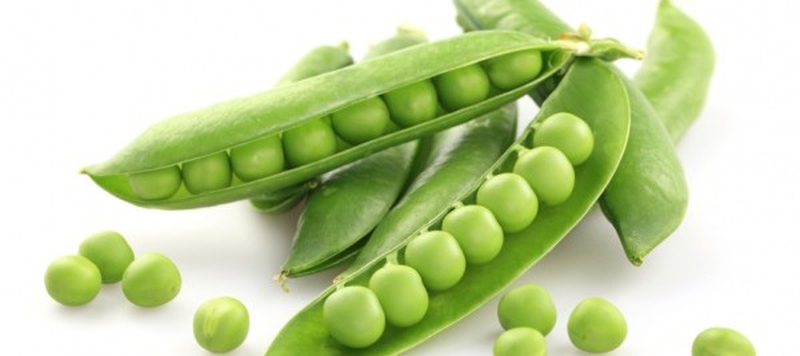
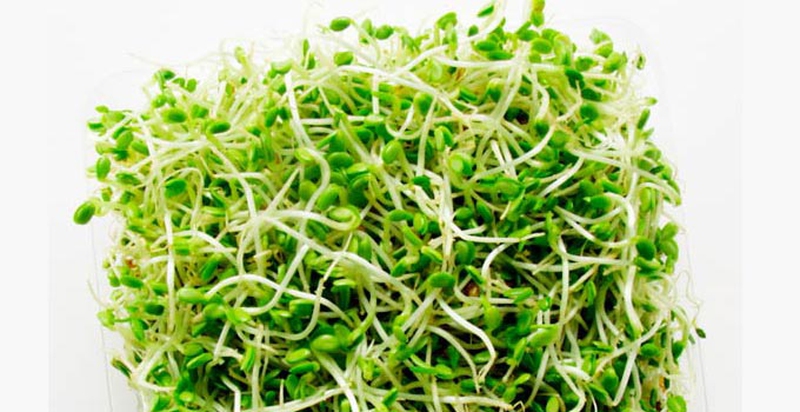
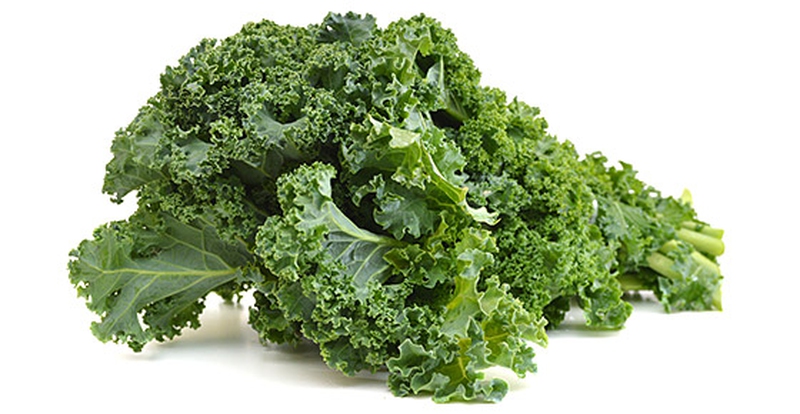
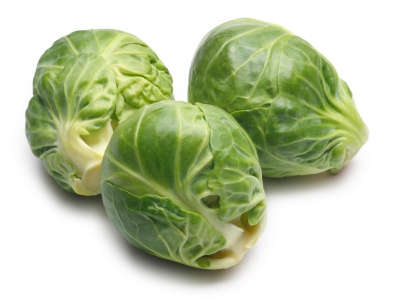
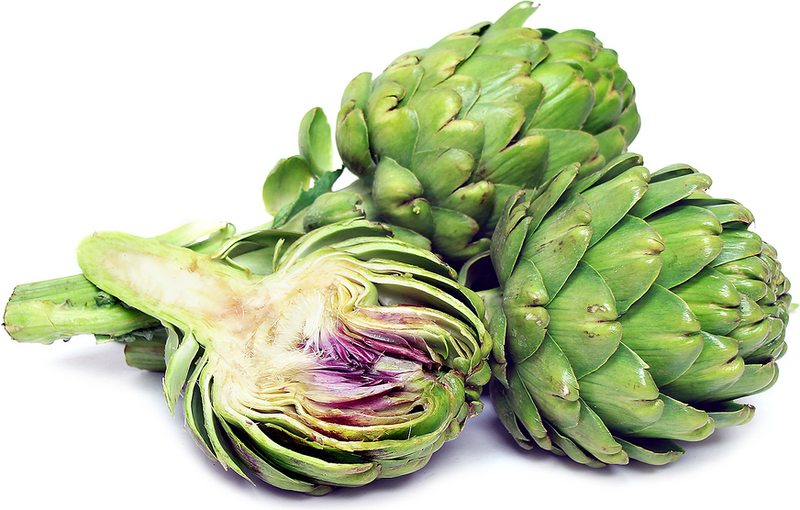

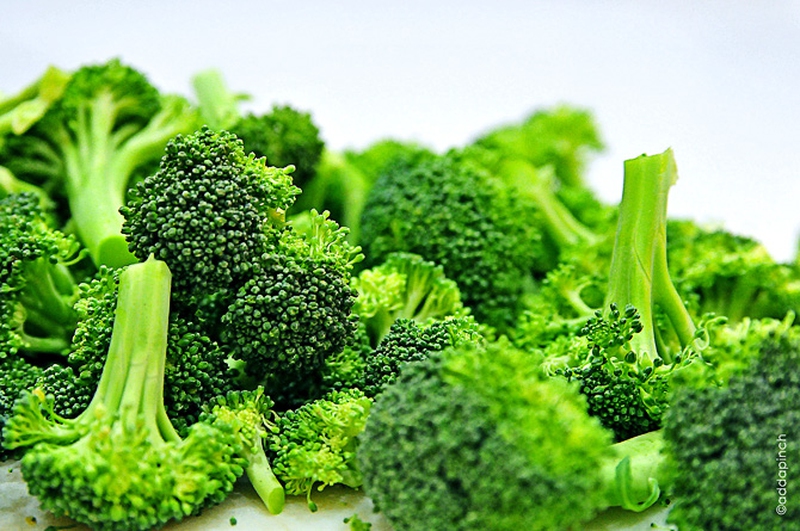

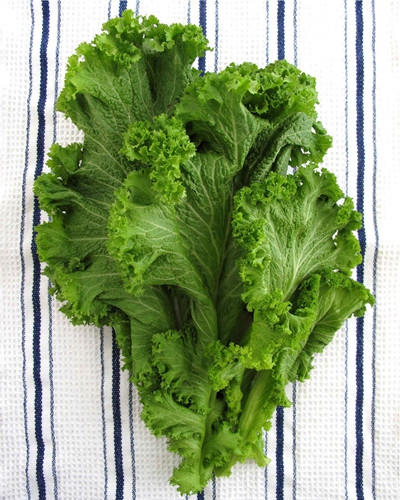
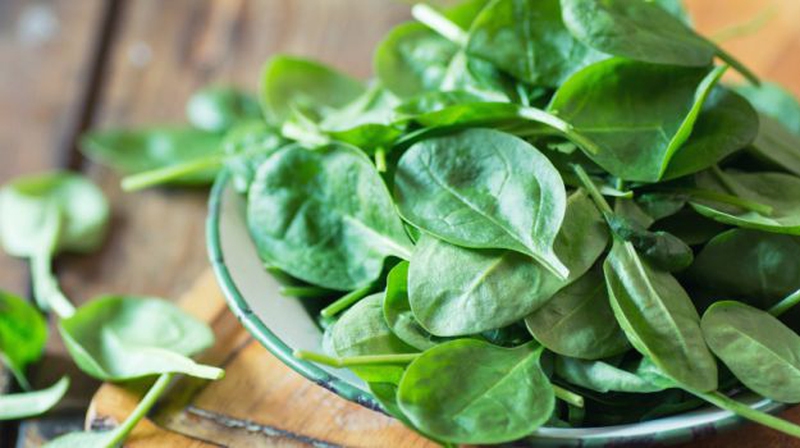
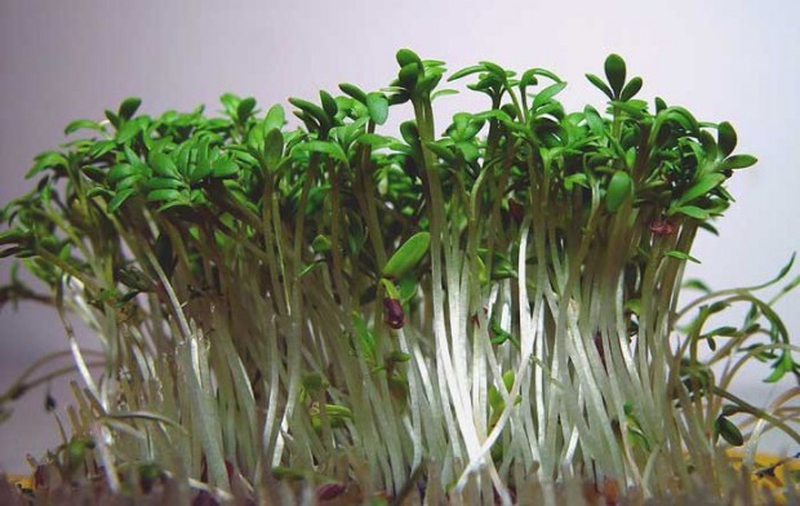
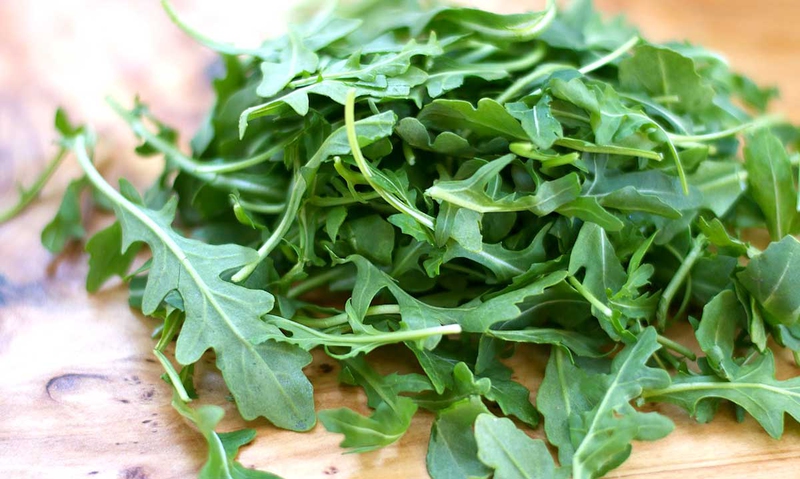

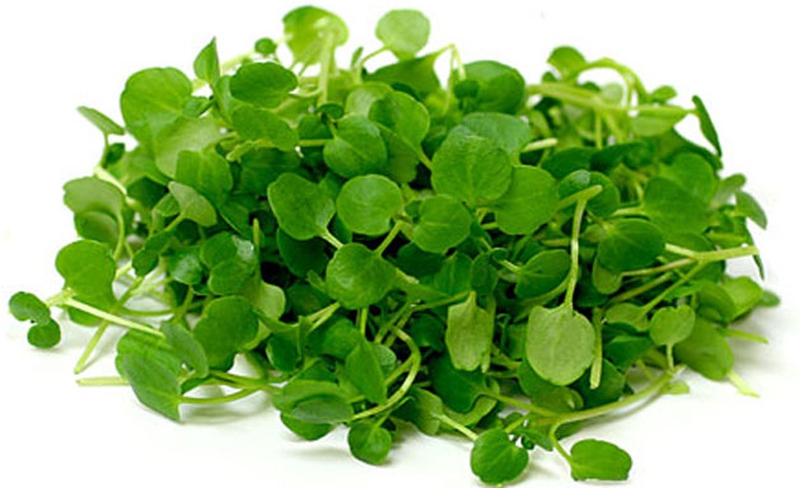
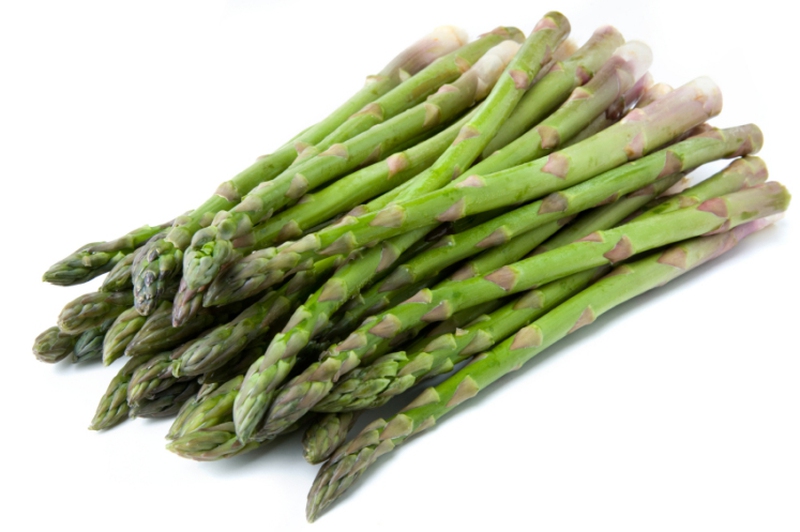
View All Comments /Add Comment